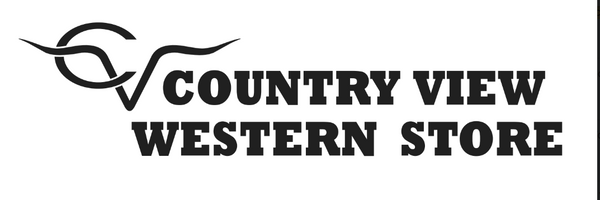
Leather is a completely unique material. As natural as the product may seem on the shelf, many hours of treatment and processing are required to create the final product. Here’s a simplified version of what goes into the process of leather-making so that you can better understand how leather is made.
Preservation
The first part of the process has to do with preservation, but it may not be what you expected. To preserve the hide, one has to extract it from the animal as quickly as possible, removing any collagen, hair, meat, bone, or cartilage. Then, one must quickly transport it to a place of storage, where it will stay before it goes into the next stage.
Preparation
The second stage of leather-making, preparation is all about checking the hide again to clean it as precisely as possible. Once one has inspected it and cleaned it of all possible organic material, the final process in this stage involves using chemicals to strip any lingering proteins that could break down the leather later on.
Tanning
In this part of the leathermaking process, the collagen inside the hide hardens as the leather goes through the tanning process. This makes the leather stronger and more durable. Prior to tanning, the leather is merely cleaned hide, but after tanning, it becomes leather. This permanently alters the structure of the proteins within the hide so that the leather is virtually indestructible.
Post-Tanning
As the secondary part of the tanning process, post-tanning works by processing the leather with chemicals. These chemicals alter the appearance—the coloration, more than anything—of the leather so that it has an attractive appearance for consumers.
Finishing
This stage has to do with finalizing the overall appearance of the leather, from the shine to the waxy outer surface, from the color to embossing. For instance, if you take a closer look at leather Western boots for men, you can note the type of finish on the product. This stage essentially creates the final product.
Now you should have a pretty decent understanding of what goes into the process of leather-making. It’s lengthy and somewhat complicated, but at the end of the day, it allows us to respect the leathering process.

